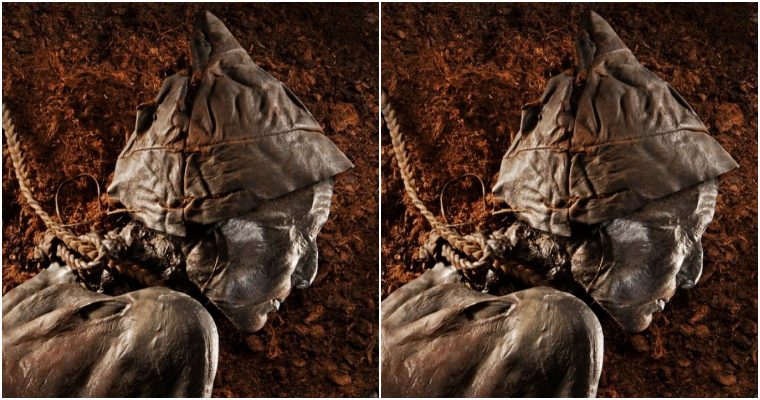Scientists believe they have finally solved the mysterious disappearance of the Tasmanian tiger from the Australian mainland, concluding that the extinction was due to extreme weather and drought rather than wild dogs or hunting by Aborigines.
The so-called tiger, or thylacine, became extinct from the mainland about 3,000 years ago but survived in the island state of Tasmania before the last creature died at Hobart zoo in 1936. The Tasmanian creatures were wiped out following widespread hunting after the arrival of British settlers, who introduced bounties to eradicate the species.
The reason for the tiger’s extinction on the mainland but survival for thousands of years in Tasmania has long been a mystery. One theory was that the creatures were killed by dingoes, the wild dogs which are not found in Tasmania and were introduced to Australia about 4,000 years ago.

However, a study of ancient DNA extracted from fossil bones and museum specimens has found that climate change from about 4000 years ago – particularly drought caused by the El Niño weather pattern – was the probable cause of the mainland extinction.
“The ancient DNA tells us that the mainland extinction was rapid, and not the result of intrinsic factors such as inbreeding or loss of genetic diversity,” said Lauren White, a researcher from the University of Adelaide.

The researchers generated 51 new DNA genome sequences from the thylacine remains and found that the creatures split into eastern and western populations in southern Australia before the last Ice Age peak about 25,000 years ago. The findings were published in the Journal of Biogeography.
“Thylacines once lived across most of the Australian mainland, but by the time Europeans arrived in the late 1700s they were found only in Tasmania,” said Jeremy Austin, from the University of Adelaide’s Australian Centre for Ancient DNA.

“We also found evidence of a population crash, reducing numbers and genetic diversity of thylacines in Tasmania around the same time [as the mainland extinction]… Tasmania would have been somewhat shielded from the warmer, drier climate because of its higher rainfall but it appears that this population was also affected by the El Nino event before starting to recover.”
For decades, there have been regular unconfirmed sightings of the tiger in Tasmania, which has led to fruitless searches for remaining creatures.

Recently, there were unconfirmed sightings on the mainland, which has led to a search in northern Queensland. The most recent evidence of mainland thylacines is Aboriginal cave art from middle Palaeolithic times.








